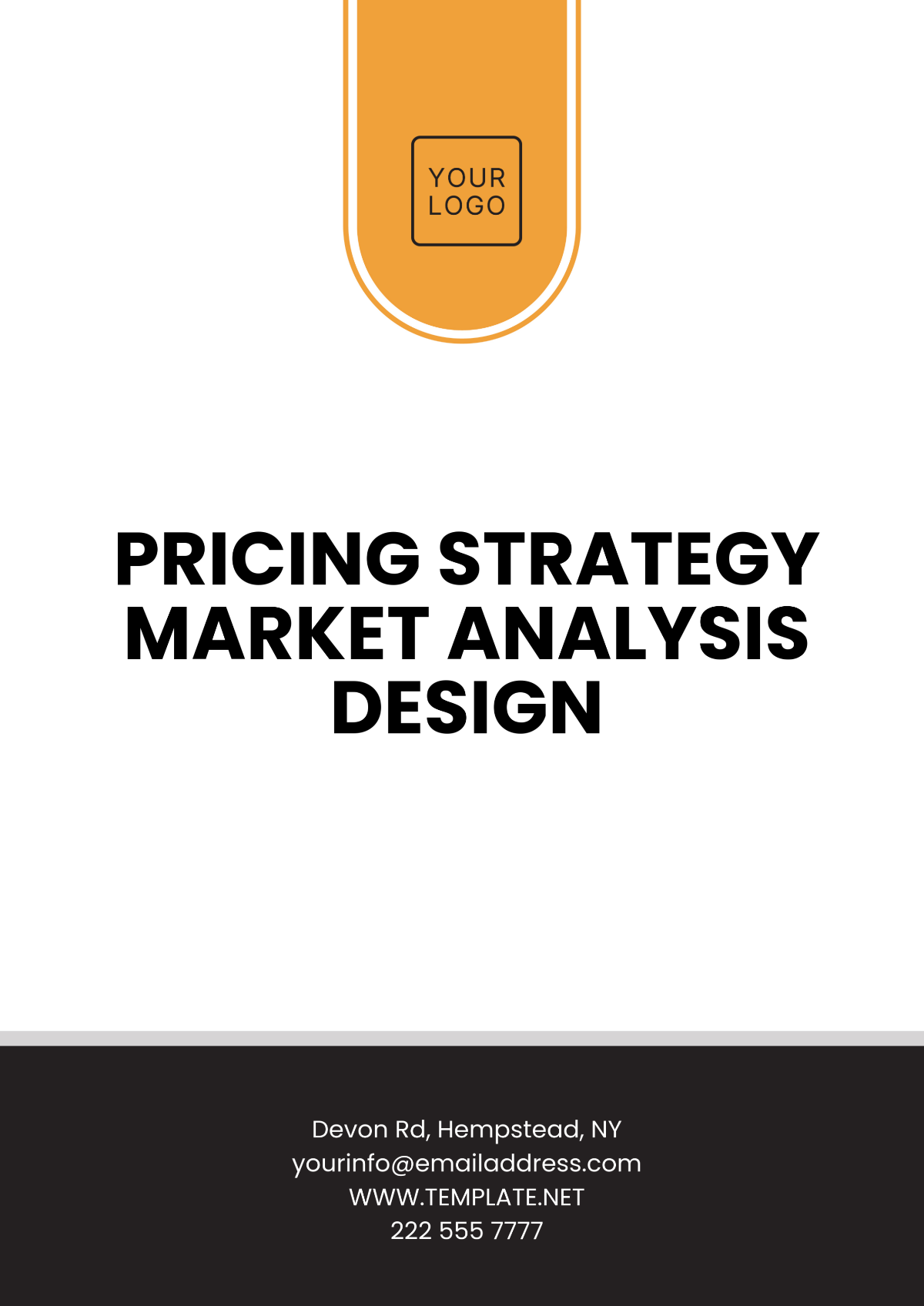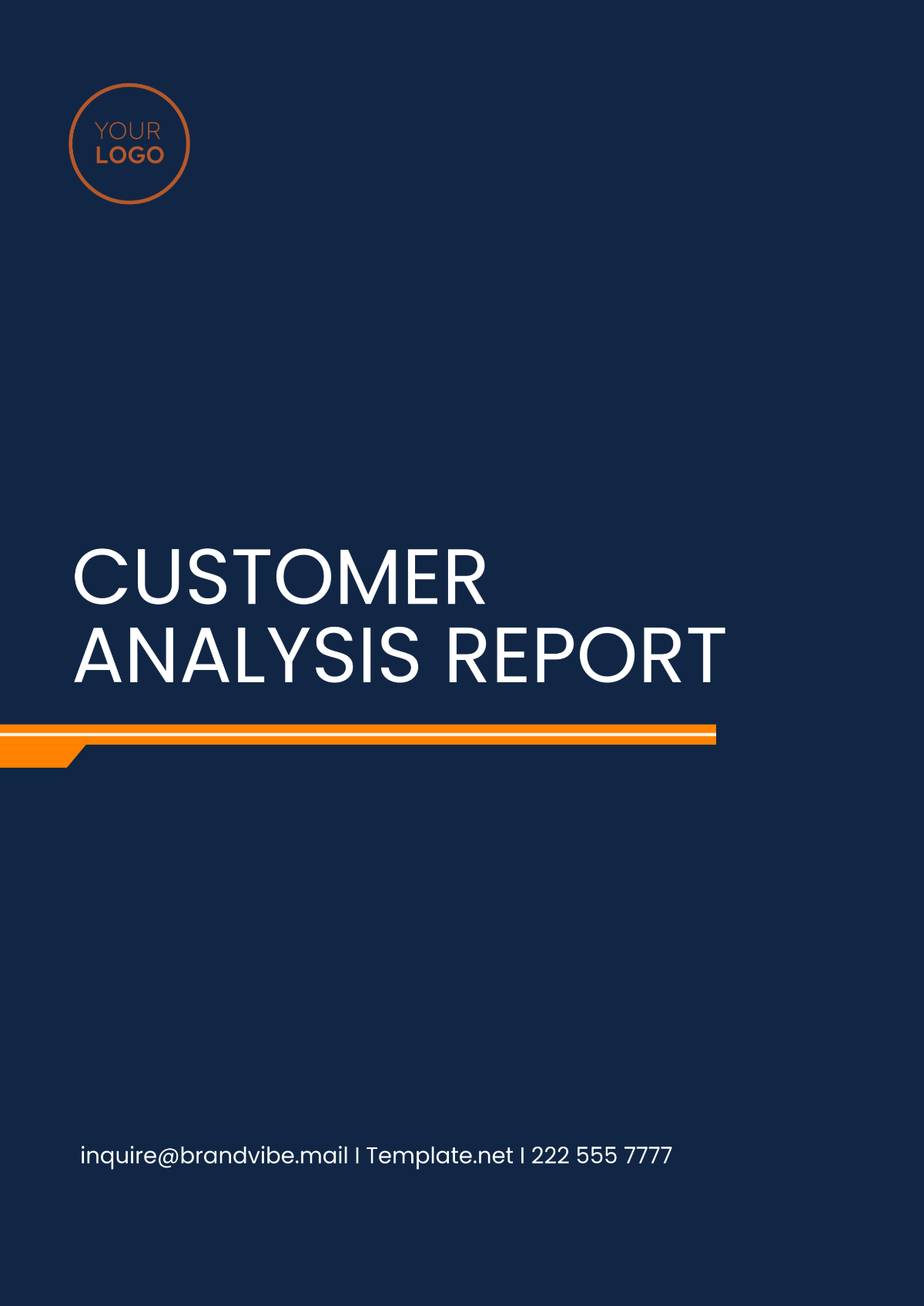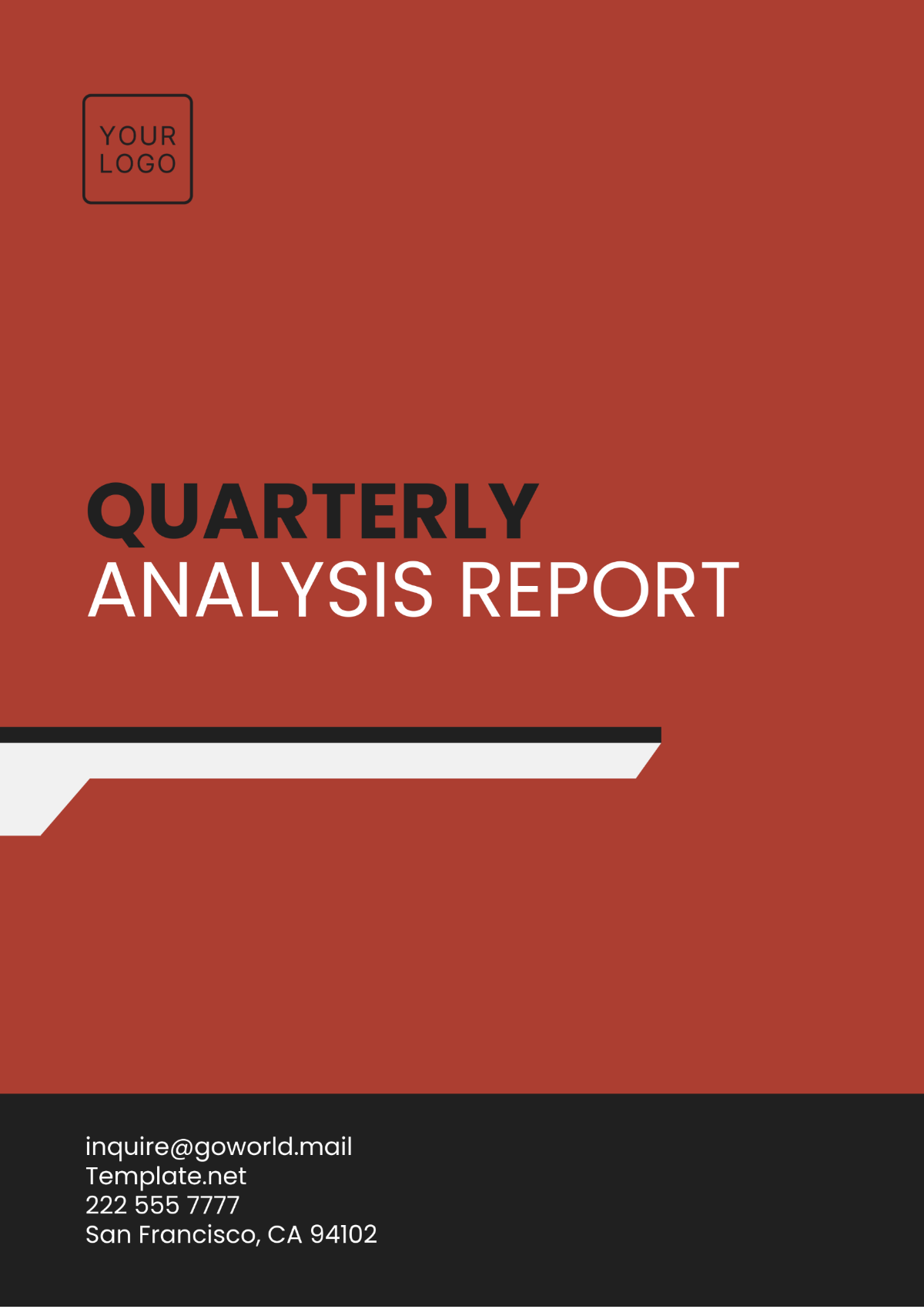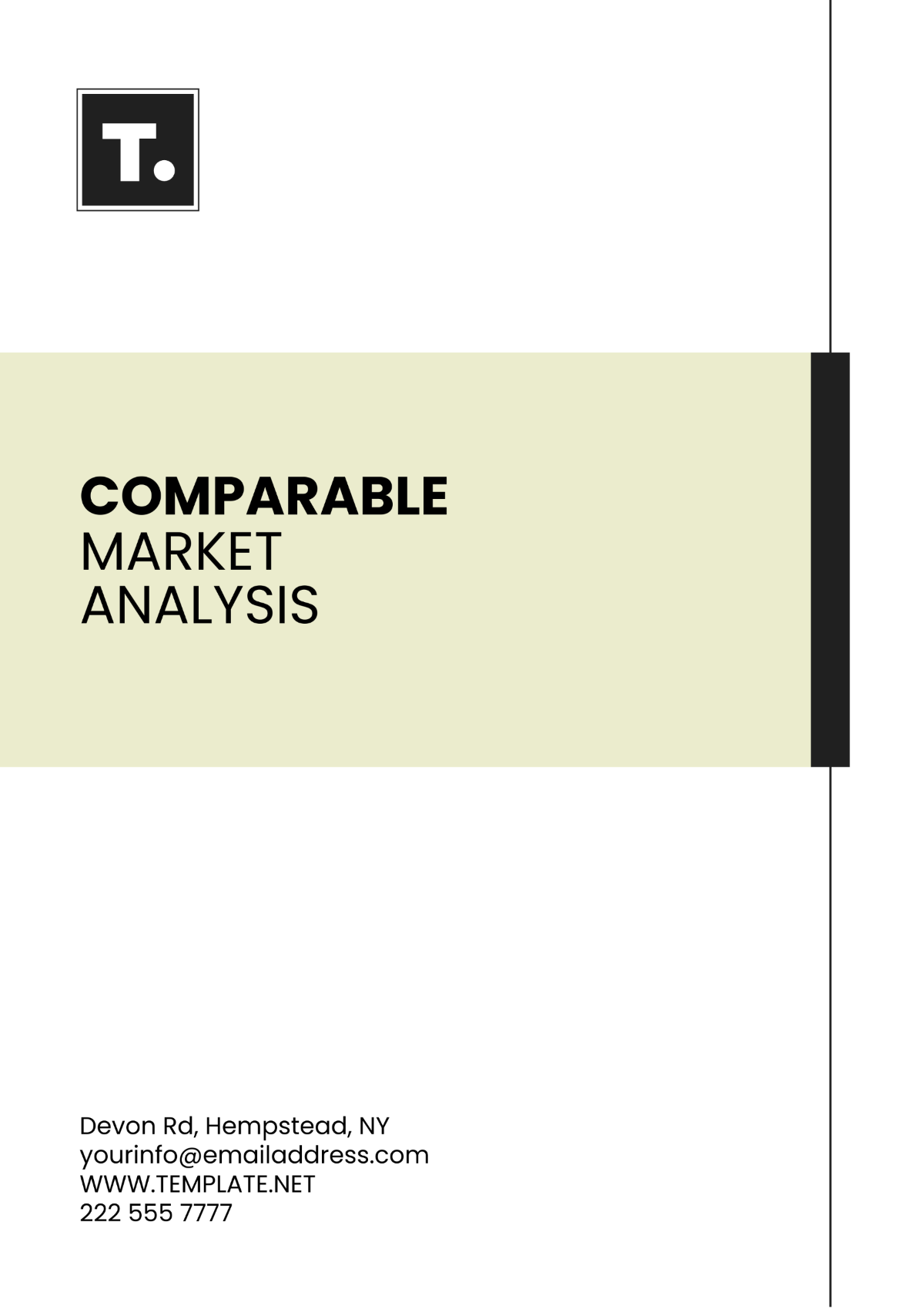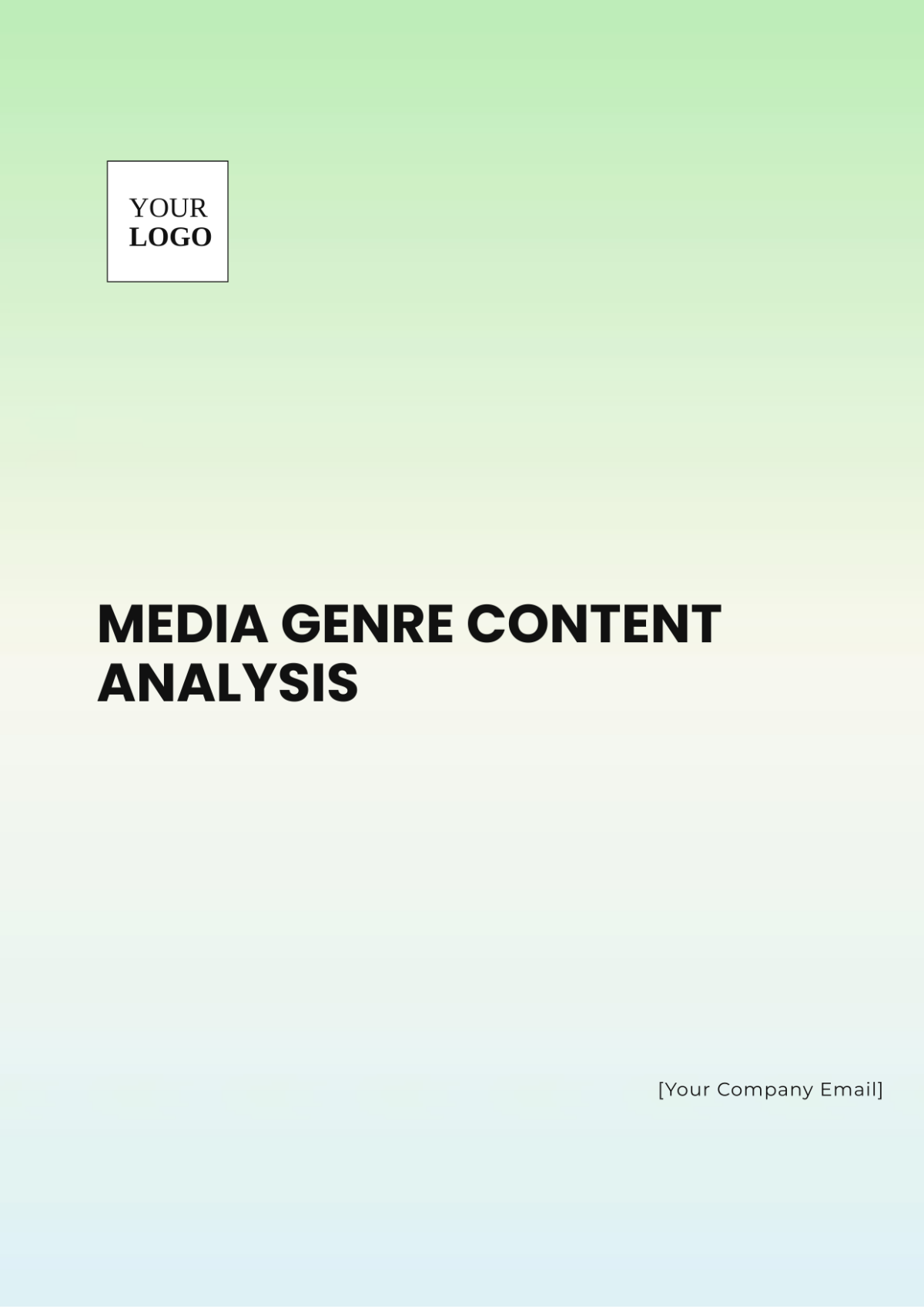Advertising Media Channel Effectiveness Analysis
I. Executive Summary
In our quest to optimize advertising investments and enhance campaign performance, we embarked on a comprehensive Advertising Media Channel Effectiveness Analysis. This analysis scrutinized the performance of our diverse advertising channels, with the aim of identifying which ones most effectively reach and engage our target audience, as well as deliver on our campaign objectives. Through rigorous evaluation of reach, engagement, conversion rates, and ROI, we have gained critical insights into how each channel contributes to our overall advertising strategy.
Digital channels, particularly social media and search engine marketing (SEM), have shown the highest ROI and engagement rates.
Traditional media channels like print and radio have demonstrated lower engagement and conversion efficiency but remain crucial for broad reach in certain demographics.
Television advertising, while expensive, has resulted in significant brand recall and audience reach, especially among older demographics.
Event sponsorships and outdoor advertising have yielded mixed results, with high impact but variable cost-effectiveness depending on the context.
II. Introduction
In today's fragmented media landscape, selecting the right advertising channels is paramount to achieving our marketing objectives. This Advertising Media Channel Effectiveness Analysis aims to evaluate the efficacy of our utilized channels, ensuring that our advertising spend is allocated to the most effective mediums. By understanding the performance and cost-efficiency of each channel, we can make informed decisions that align with our strategic goals of maximizing reach, engagement, and conversions while optimizing our budget.
III. Methodology
To conduct this analysis, we employed a multi-faceted approach, combining quantitative data analysis with qualitative assessments of channel relevance and audience alignment. Our evaluation criteria were chosen to provide a holistic view of channel performance and strategic fit.
Criterion | Description |
Reach | The number of unique individuals exposed to the advertising message within the target audience. |
Engagement | The level of interaction and interest the audience shows in the advertising content. |
Conversion Rate | The percentage of the audience that takes the desired action after exposure to the advertisement. |
ROI | The return on investment, calculated as the revenue generated from the advertising relative to its cost. |
Cost Efficiency | The cost associated with reaching each segment of the target audience. |
Audience Relevance | The alignment of the channel with the media consumption habits and preferences of the target audience. |
IV. Overview of Advertising Media Channels
In aligning with our overarching advertising strategy, we have diversified our media channel mix to optimize reach and engagement across different audience segments. This approach reflects our commitment to leveraging both traditional and digital channels to achieve comprehensive market coverage. The rationale behind the selection of each channel is rooted in historical performance data, audience preferences, and the strategic fit with our campaign objectives.
Media Channel | Rationale Based on Initial Strategy |
Digital: Social Media | Chosen for its high engagement rates, precise targeting capabilities, and flexibility in content format. Ideal for reaching younger demographics. |
Digital: SEM | Selected for its ability to capture intent-driven audience segments, facilitating high conversion rates for our products. |
Television | Utilized for broad reach and high impact, especially effective for brand awareness campaigns targeting older demographics. |
Radio | Offers extensive reach in certain regions, suitable for time-sensitive promotions due to its auditory nature. |
Included for its credibility and niche targeting, particularly effective in reaching specific professional and age groups. | |
Outdoor | Engaged for its visual impact and ability to generate brand recall, strategically placed in high-traffic areas. |
Event Sponsorships | Chosen for direct engagement opportunities and brand association with relevant cultural or professional events. |
V. Target Audience Analysis
Our target audience is a diverse mix of demographics, each with unique media consumption habits and preferences. Understanding these characteristics is crucial for tailoring our media strategy to effectively reach and engage each segment. The following analysis provides insights into how well each media channel aligns with our target audience's preferences and behaviors.
Demographic | Preferred Media Channels | Reach | Engagement |
Millennials | Social Media, SEM | High | High |
Gen Z | Social Media, Online Video | High | Very High |
Gen X | TV, Social Media, Radio | Medium | Medium |
Baby Boomers | TV, Print, Radio | High | Low |
This analysis reveals the effectiveness of our channel selection in reaching and engaging different audience segments. Digital channels, especially social media and SEM, are paramount in engaging younger demographics with high interactivity and targeted content. Television and print maintain relevance among older demographics for broad reach and credibility, respectively. Event sponsorships and industry-specific print publications effectively engage professional audiences with high-quality, relevant content.
VI. Performance Evaluation of Each Media Channel
To ascertain the effectiveness of our advertising investments, a performance evaluation of each media channel was conducted based on predefined KPIs. The insights gleaned from this assessment guide our strategic decisions, ensuring we allocate resources to channels that offer the greatest returns.
Media Channel | Reach (Millions) | Engagement Rate (%) | Conversion Rate (%) | ROI (%) |
Social Media | 5.0 | 4.5 | 3.2 | 150 |
SEM | 4.0 | 3.8 | 4.5 | 200 |
TV | 8.0 | 2.0 | 1.5 | 120 |
Radio | 3.0 | 1.5 | 1.0 | 110 |
2.5 | 2.0 | 1.2 | 100 | |
Outdoor | 4.5 | 3.0 | 2.0 | 130 |
Event Sponsorships | 1.5 | 4.0 | 3.5 | 180 |
The performance evaluation underscores the efficacy of digital channels in our advertising mix, with SEM and social media leading in terms of ROI and conversion rates. This highlights the value of targeted, intent-driven advertising strategies in driving conversions. Television, while offering the broadest reach, shows lower engagement and conversion rates, suggesting its role is more suited to brand awareness rather than direct conversion. Event sponsorships, despite their lower reach, excel in engagement and conversion, indicating their effectiveness in creating meaningful brand interactions. Traditional media channels like radio and print show the lowest ROI, pointing to a need for reevaluation or enhanced integration with digital strategies.
VII. Cost Efficiency Analysis
The cost efficiency of each media channel is a critical component of our analysis, allowing us to understand the financial implications of our advertising choices. This analysis compares the cost per reach, cost per engagement, and overall ROI across our media channels, providing a comprehensive view of cost-effectiveness in achieving our advertising objectives.
Media Channel | Cost per Reach ($) | Cost per Engagement ($) | ROI (%) |
Social Media | 0.10 | 0.22 | 150 |
SEM | 0.25 | 0.66 | 200 |
TV | 0.50 | 2.50 | 120 |
Radio | 0.33 | 2.20 | 110 |
0.40 | 2.00 | 100 | |
Outdoor | 0.22 | 0.73 | 130 |
Event Sponsorships | 1.00 | 2.50 | 180 |
The cost efficiency analysis reveals that digital channels, specifically social media and SEM, offer the most cost-effective means of reaching and engaging our target audience. The higher ROI associated with these channels validates our digital-first approach, demonstrating the benefits of precise targeting and measurement capabilities. Conversely, traditional media channels like television, radio, and print incur higher costs for reach and engagement, which, combined with their lower ROI, suggests these channels are becoming less efficient in the current advertising landscape. Event sponsorships, while costly, provide substantial returns in engagement and conversion, emphasizing their role in targeted, high-impact campaigns. This analysis underpins the need for a strategic reallocation of budget towards more efficient channels to optimize our overall advertising spend.
VIII. Strengths and Weaknesses
The comprehensive analysis of our advertising media channels has highlighted several strengths and weaknesses within our current strategy. Strengths include our robust presence and performance in digital channels, particularly with SEM and social media, which have demonstrated high engagement, conversion rates, and ROI. These channels align well with our target audience's preferences, allowing for precise targeting and real-time optimization. Additionally, event sponsorships, despite their higher cost, have shown significant effectiveness in engaging audiences and driving conversions.
Conversely, weaknesses in our strategy emerge from the diminishing returns on traditional media investments. Television, radio, and print channels exhibit lower engagement and conversion rates compared to their digital counterparts, coupled with higher costs for reach and engagement. This misalignment with the changing media consumption habits of our target audience suggests a need for reallocation of resources towards more effective channels. Furthermore, the lack of real-time analytics in traditional media hampers our ability to swiftly adjust campaigns, resulting in less optimized advertising spend.
IX. Recommendations for Optimization
To address the identified weaknesses and capitalize on our strengths, we propose the following strategic recommendations:
Increase Investment in Digital Channels: Allocate a larger portion of the advertising budget to SEM and social media to leverage their high ROI and engagement.
Reevaluate Traditional Media Spend: Gradually reduce investment in lower-performing traditional channels, reallocating those funds towards more effective digital platforms.
Enhance Analytics and Measurement: Invest in advanced analytics tools for real-time campaign monitoring and optimization across all channels, with a focus on integrating such capabilities into traditional media campaigns where possible.
Expand Event Sponsorship Opportunities: Explore additional event sponsorships that align with our brand and target audience, leveraging these high-impact opportunities to engage customers.
Integrated Multi-Channel Strategies: Develop campaigns that seamlessly integrate across multiple channels, ensuring consistent messaging and maximizing cross-channel synergies.
X. Implementation Plan
To ensure the effective execution of these recommendations, a detailed implementation plan is outlined below.
Step | Timeline | Responsibility |
Audit Current Media Spend | Month 1-2 | Marketing Manager |
Develop Digital-First Campaigns | Month 3-4 | Digital Strategy |
Implement Advanced Analytics Tools | Month 5-6 | IT Department |
Identify New Event Sponsorship Opportunities | Month 7-8 | Events |
Launch Integrated Campaigns | Month 9-10 | Marketing & Creative |
Review Campaign Performance | Month 11-12 | Analytics |
XI. Conclusion
Our Advertising Media Channel Effectiveness Analysis has provided invaluable insights into the performance and efficiency of our diverse media mix. By critically assessing each channel's strengths and weaknesses, we have identified clear pathways to optimize our advertising strategy. The implementation of the recommended optimizations will enable us to more effectively reach and engage our target audience, maximizing ROI and ensuring our advertising efforts are both impactful and cost-efficient. As we move forward, continuous analysis and agility in our advertising strategy will be crucial in navigating the ever-evolving media landscape, ensuring our brand remains competitive and resonant with our audience.






